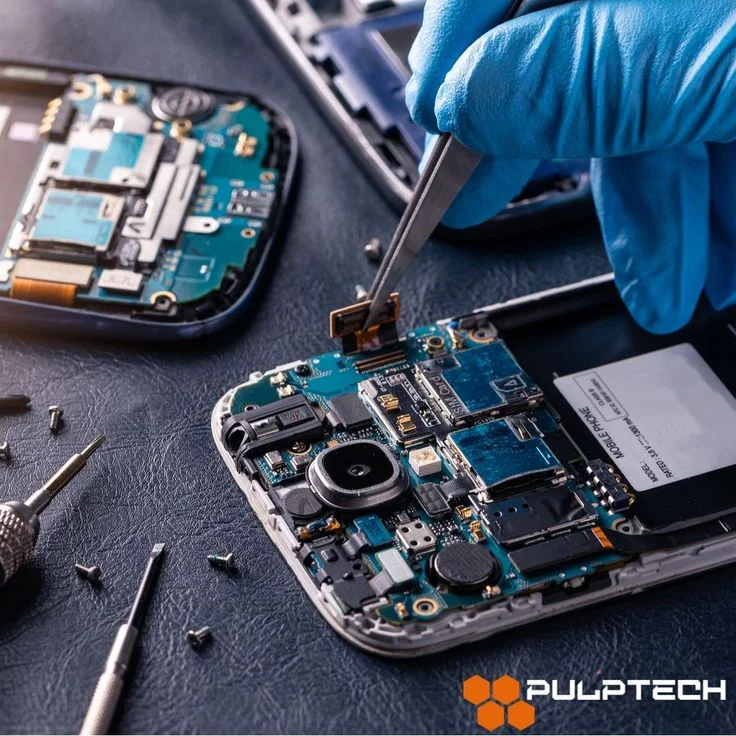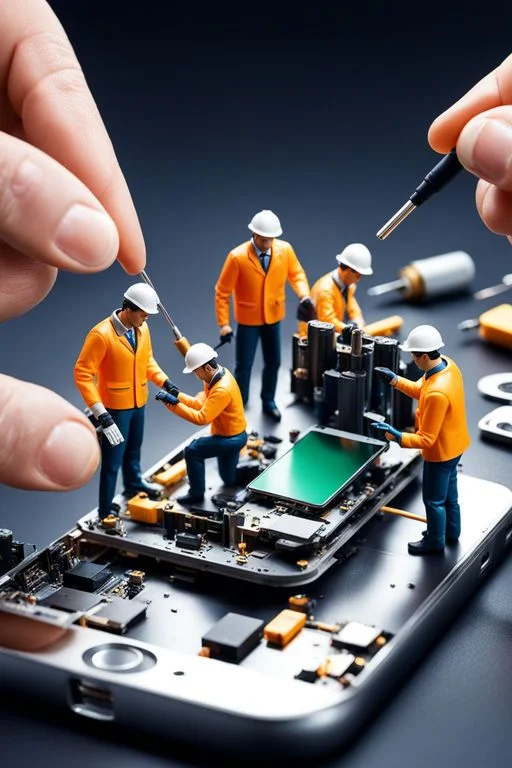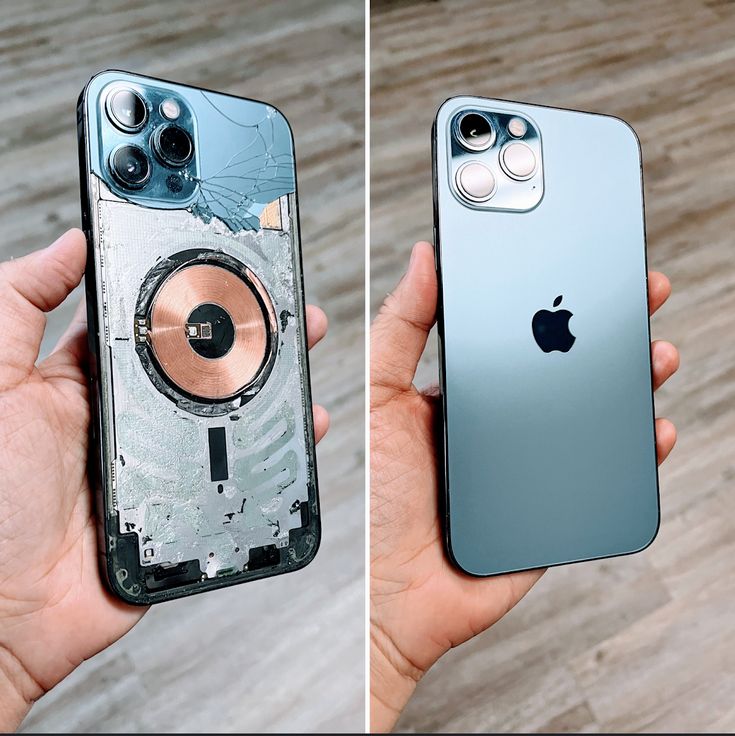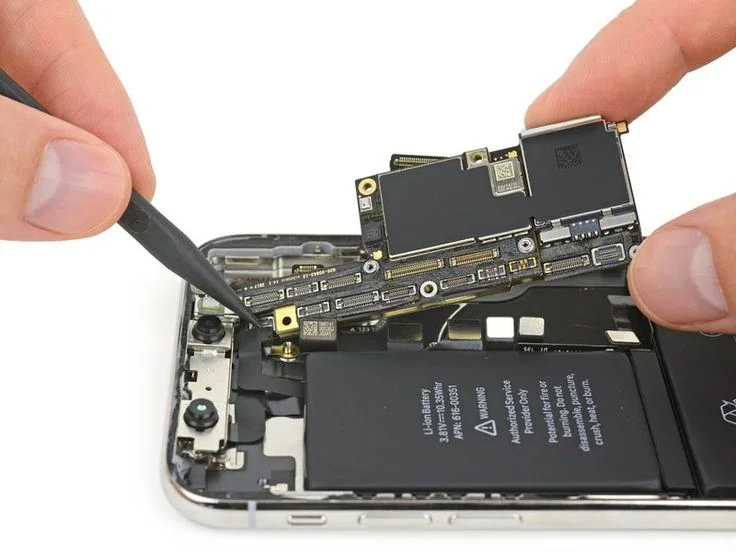IPhone Repair: Tips, Tricks, and Best Practices
Table of Contents
In the modern digital age, smartphones have become an essential part of our daily lives, and among the most popular are iPhones. These sleek, highly functional devices offer a range of features, but like all technology, they are prone to wear and tear. Whether it’s a cracked screen, water damage, or battery issues, iPhone users will inevitably face the need for repairs at some point. This comprehensive guide will cover common iPhone issues, repair techniques, tools required, and best practices to keep your device functioning optimally.

Common iPhone Issues
- Cracked Screens
Since iPhone screens are made of glass, even a minor drop can cause serious damage. While the phone may still function, using it with a broken screen can be risky and inconvenient. This type of damage is typically easy to identify and can be resolved with screen replacement. - Battery Problems
Over time, iPhone batteries degrade, leading to issues like reduced battery life or sudden shutdowns. Apple’s lithium-ion batteries are designed to retain up to 80% of their original capacity after 500 complete charge cycles, but this performance diminishes over time. When this happens, a battery replacement is often necessary to restore the phone to full functionality. - Water Damage
Despite newer iPhone models being water-resistant, they are not entirely waterproof. Water exposure can lead to hardware malfunctions, screen flickering, or even the device not turning on. Water damage is one of the more complex iPhone repair issues, as it can affect multiple components within the device. - Malfunctioning Buttons
Over time, they may Iphone Repair working, making it difficult to use certain functions of the phone. Depending on the model, this can be a relatively easy or more complex repair, but it is often solvable by replacing the faulty components. - Software Issues
Not all iPhone repairs are related to hardware. Software glitches, such as the phone freezing, apps crashing, or the operating system becoming corrupted, can also necessitate repairs. In some cases, a simple software update or reset can fix the problem, while in more severe cases, professional help may be required.
DIY vs. Professional Repair
When your iPhone malfunctions, you have two main options: attempting a DIY repair or seeking professional help.
- DIY Repair:
Attempting a DIY iPhone repair can save you money, but it requires a degree of technical skill and the right tools. There are numerous guides and tutorials available online that can walk you through repairs, but keep in mind that opening your device may void your warranty. Furthermore, incorrect repairs can cause more damage to the phone. - Professional Repair:
Apple’s Genius Bar and certified third-party repair shops can handle iPhone issues efficiently, and many offer warranties for the repair work. Additionally, professional technicians are trained to deal with complex issues that may not be suitable for DIY attempts, such as motherboard damage or advanced water damage.

Tools Needed for iPhone Repair
For those opting for a DIY repair, having the right tools is crucial. iPhones are designed with precision, so basic household tools won’t suffice. Below is a list of essential tools for iPhone repair:
- Pentalobe Screwdriver:
Apple uses proprietary pentalobe screws to secure iPhones, so a specialized screwdriver is needed to open the device. - Plastic Pry Tools:
These are used to gently pry open the iPhone’s casing without damaging its exterior. Metal tools may cause scratches or dents, so plastic is recommended. - Suction Cup:
A suction cup is helpful when removing the screen from the phone’s body, especially for models like the iPhone X and beyond where the display is attached more securely. - Tweezers:
Precision tweezers are useful for handling small components such as connectors and cables. - Replacement Parts:
Whether it’s a new screen, battery, or button, having quality replacement parts is crucial for a successful Iphone Repair. Make sure to purchase parts that are compatible with your iPhone model.
iPhone Repair Step-by-Step
For a basic understanding of iPhone repair, let’s walk through a screen replacement process, one of the most common repairs.
Step 1: Power Off the Device
Before starting any repair, ensure the phone is powered off to avoid short-circuiting any internal components.
Step 2: Remove the Screws
Using a pentalobe screwdriver, remove the two screws at the bottom of the phone near the charging port.
Step 3: Use the Suction Cup
Place a suction cup near the bottom edge of the screen and gently pull up to create a gap between the screen and the frame. Be careful not to pull too hard, as there are delicate connectors inside.
Step 4: Disconnect the Battery
After opening the phone, the first internal component to address is the battery. Using tweezers or a spudger, carefully disconnect the battery to avoid power surges during the Iphone Repair.
Step 5: Remove the Display
There are several small screws and connectors that hold the display in place. Gently disconnect these using the appropriate tools. Once removed, you can replace the cracked screen with a new one.
Step 6: Reassemble the Phone
Once everything is in place, power on the device to ensure the repair was successful.

Best Practices for iPhone Maintenance
Prevention is always better than cure, and this holds true for iPhone repairs as well. Here are some best practices to keep your iPhone in good working condition:
- Use a Case and Screen Protector:
One of the easiest ways to prevent damage is by using a protective case and tempered glass screen protector. These accessories can absorb the impact from drops and prevent scratches. - Keep Your iPhone in Moderate Temperatures: iPhones are built to function best within a certain temperature range. To protect the battery and internal parts, avoid exposing your device to excessive heat or freezing conditions.
- Regular Software Updates:
Keeping your iPhone’s software up to date ensures it has the latest security patches and performance improvements. Software issues can sometimes be resolved through these updates, reducing the need for repairs. - Waterproofing:
While newer Iphone Repair are water-resistant, it’s still a good idea to avoid prolonged exposure to water. Use a waterproof case if you plan to use your phone around water or in wet conditions. - Battery Care:
To prolong battery life, avoid letting your phone’s battery drain completely before recharging. Try to keep the charge between 20% and 80% whenever possible.
When to Replace Instead of Repair
There comes a point when repairing an iPhone may no longer be worth the cost. If the repair costs more than half the value of the phone, or if the device is outdated and no longer supports new software updates, it might be time to consider replacing it with a new model. Upgrading not only gives you access to the latest features but can also save you from frequent repairs in the future.
Frequently Asked Questions (FAQs) About iPhone Repair
2. Can I replace my iPhone battery myself?
Yes, but it’s recommended only for those with technical experience. Replacing the battery on your own requires specific tools and can void any remaining warranty. For most users, getting the battery replaced by Apple or a certified technician is safer.
3. Is it safe to take my iPhone to a third-party repair service?
It can be safe, provided you choose a reputable repair shop. However, keep in mind that repairs performed by unauthorized services might void your warranty, and lower-quality parts might be used.
4. How long does it typically take to fix an iPhone?
The time required depends on the type of repair. More complex issues, like water damage, might take a day or more depending on the severity of the problem.
5. What steps should I take if my iPhone is exposed to water?
If your iPhone is exposed to water, turn it off immediately and avoid using or charging it. Place it in a dry environment, such as a bowl of rice or silica gel, to absorb moisture. If it doesn’t recover, professional repair services may be needed to address water damage.
6. Does Apple cover accidental damage in their warranty?
No, Apple’s standard warranty does not cover accidental damage like cracked screens or water exposure. However, if you have AppleCare+, you are eligible for repairs at a reduced cost, though service fees still apply.
7. Can software issues be fixed without taking my iPhone in for repair?
Many software problems, such as freezing or crashing apps, can be resolved through a system restart, updating iOS, or restoring factory settings. For persistent issues, professional assistance may be required if the problem is hardware-related.
8. Will I lose my data during an iPhone repair?
Simple repairs like screen or battery replacements usually don’t result in data loss. However, for more severe issues, such as water damage or motherboard repairs, there is a risk of data loss. It’s always best to back up your iPhone before taking it in for repair.
9. Is it possible to fix a cracked back glass on an iPhone?
Yes, the back glass can be repaired, but it is often more complex and costly than a screen repair. Apple and third-party repair services both offer this option, though Apple’s repairs are generally more expensive.
10. Should I repair or replace my iPhone if it’s old?
If the repair cost is high or if the iPhone is outdated and no longer receives software updates, replacing it might be more cost-effective. However, for minor repairs, fixing it can extend the device’s life at a lower cost than buying a new one.

11. Can I get same-day iPhone repairs?
Yes, many repairs, such as screen or battery replacements, can be completed the same day, especially at Apple Stores or authorized service centers. Availability depends on parts and service capacity, so scheduling an appointment may help speed up the process.
12. Can a damaged iPhone camera be repaired?
Yes, a broken or malfunctioning iPhone camera can be repaired or replaced. The cost will depend on whether the lens or internal camera system is damaged, with prices ranging from $60 to $400 depending on the extent of the issue and the iPhone model.
13. What is an iPhone diagnostic test, and is it needed before repair?
An iPhone diagnostic test is used by technicians to identify hardware and software issues within the device. While not always necessary, it can be helpful to diagnose problems accurately and ensure the repair addresses the root cause.
14. Will my iPhone lose water resistance after a repair?
Many repairs, especially those involving screen or battery replacements, may affect the phone’s original water resistance. While some repair shops reapply seals, the device may not be as water-resistant as before. It’s important to check with the technician after repair to understand the phone’s new level of protection.
15. Why is my iPhone overheating, and how can I fix it?
Overheating may result from software bugs, hardware issues, or environmental factors. Close unused apps, avoid using the phone in direct sunlight, and restart the device. If overheating persists, a professional checkup may be necessary to diagnose battery or internal hardware issues.
16. Do iPhone repair shops offer warranties?
Many repair shops, including Apple, offer warranties on their repairs, typically ranging from 30 days to 1 year. This warranty covers issues related to the repair but may not include future accidental damage.
17. Can I prevent iPhone damage?
Yes, using a protective case and screen protector, avoiding exposure to water, and handling your phone with care can help prevent common issues like cracked screens or water damage. Regular backups and software updates also help protect against data loss.
18. What should I do if my iPhone freezes or becomes unresponsive?
Try restarting the phone by holding the power and volume buttons simultaneously. If that doesn’t work, force-restart the device or restore it to factory settings via iTunes. If these solutions fail, a hardware issue may be the cause, requiring professional repair.
19. Should I buy a refurbished iPhone instead of paying for repairs?
If the repair costs are high or your iPhone is outdated, purchasing a refurbished iPhone could be a good alternative. Refurbished iPhones are fully tested, often come with a warranty, and are a cost-effective option compared to buying new or paying for multiple repairs.
Conclusion
iPhone repair, whether done professionally or as a DIY project, is a necessary skill in today’s tech-driven world. While common issues like cracked screens and battery problems can be easily fixed, more complicated repairs may require professional help. Having the right tools and following proper procedures ensures that your iPhone remains in good working condition for as long as possible. However, preventative measures such as using protective cases and avoiding water damage can help you avoid repairs altogether. Ultimately, understanding when to repair and when to replace your device will save you both time and money.


